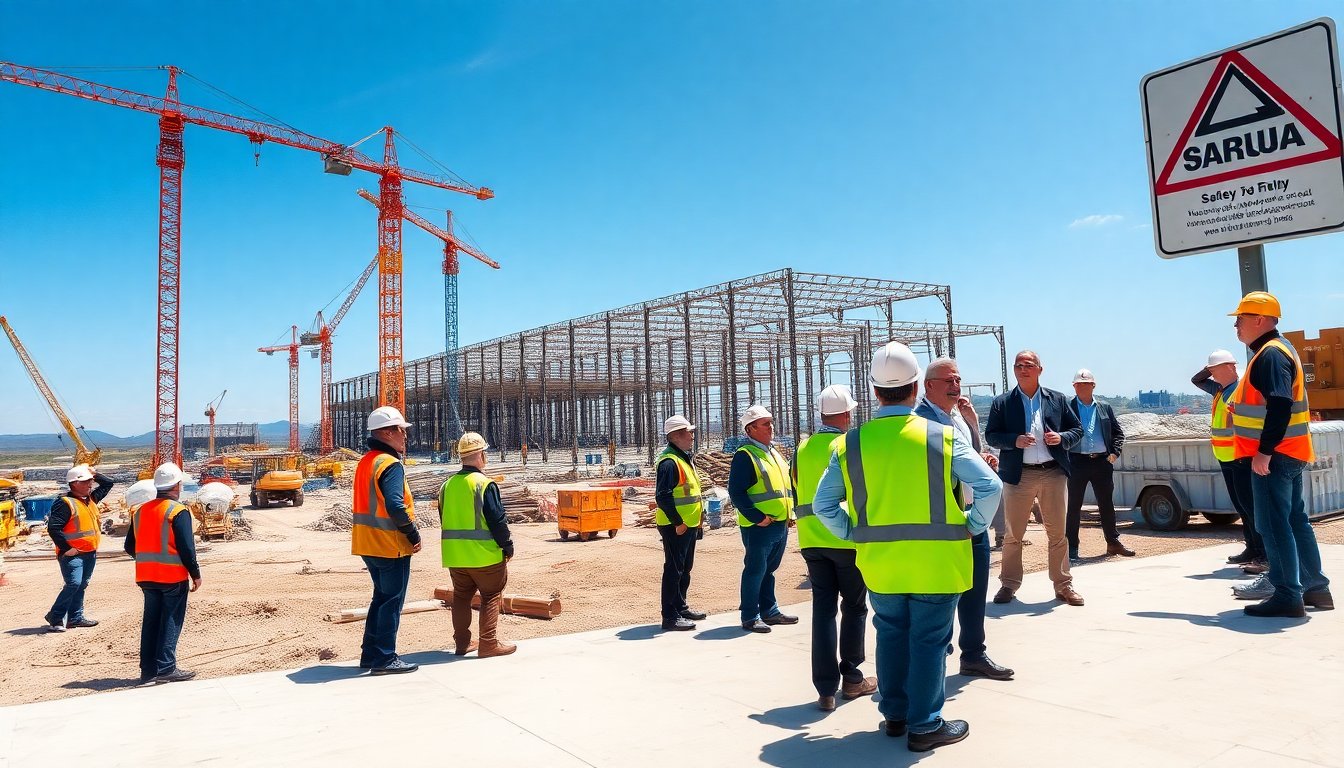Table of Contents
The construction of Hyundai Motor’s ambitious $7.6 billion automotive plant in Georgia, which began in 2022, has come under scrutiny following alarming reports regarding safety practices on site. According to an investigation by the Wall Street Journal, the project has witnessed three fatalities, raising serious questions about the working conditions and safety protocols for laborers.
Concerns have been amplified by testimonies from current and former employees, particularly those who held safety coordinator roles during the construction phase. Their accounts reveal a troubling pattern of workplace incidents, primarily attributed to a workforce composed largely of inexperienced immigrant laborers and a general atmosphere of lax safety standards.
Investigation findings and company response
The analysis by the Wall Street Journal uncovered a disturbing trend of accidents at the Hyundai facility, potentially stemming from inadequate safety measures and insufficient training for workers. The report highlighted that many laborers were not well-versed in necessary safety protocols, leading to an increased risk of mishaps on site.
In response to these serious allegations, a representative from Hyundai Motor North America issued a statement to Reuters, asserting that the company had undertaken a thorough audit of its safety practices. They emphasized their commitment to enhancing oversight and ensuring that all contractors adhere to both Hyundai’s stringent standards and legal obligations.
Safety measures and contractor accountability
The statement from Hyundai highlighted several key measures that have been implemented to improve safety conditions. According to the spokesperson, there has been a notable increase in contractor vetting processes, enhanced training programs, and a stronger emphasis on accountability among all parties involved in the project’s construction.
Despite these assurances, accounts from workers paint a different picture. Many reported that safety procedures were often overlooked in favor of meeting tight deadlines, creating an environment where corners were cut. This culture of prioritizing speed over safety has become a significant concern, prompting calls for better oversight and more rigorous enforcement of safety regulations.
Worker experiences and the call for reform
The voices of the workers themselves provide a critical perspective on the issue. Numerous interviews conducted by the Wall Street Journal revealed that many laborers felt unprepared for the challenges they faced on the job. With a workforce largely consisting of individuals lacking prior construction experience, the potential for accidents was heightened.
One former safety coordinator described the environment as one where the urgency to complete tasks often overshadowed the importance of adhering to safety protocols. This sentiment was echoed by several others who expressed concerns over the adequacy of the training provided to new hires, many of whom were reportedly unfamiliar with essential safety practices.
The impact of safety lapses
The consequences of these safety lapses have been dire, as evidenced by the reported fatalities. Each incident not only represents a tragic loss of life but also reflects a systemic failure to protect workers in a high-risk environment. The ongoing safety concerns at the Hyundai site have sparked a broader dialogue about the responsibilities of large corporations in safeguarding their employees.
As construction progresses, the need for rigorous safety standards becomes increasingly urgent. Advocates for worker safety are calling for increased transparency and accountability from Hyundai, urging the company to prioritize the well-being of its employees above all else.
Path forward for Hyundai
Concerns have been amplified by testimonies from current and former employees, particularly those who held safety coordinator roles during the construction phase. Their accounts reveal a troubling pattern of workplace incidents, primarily attributed to a workforce composed largely of inexperienced immigrant laborers and a general atmosphere of lax safety standards.0
Concerns have been amplified by testimonies from current and former employees, particularly those who held safety coordinator roles during the construction phase. Their accounts reveal a troubling pattern of workplace incidents, primarily attributed to a workforce composed largely of inexperienced immigrant laborers and a general atmosphere of lax safety standards.1


